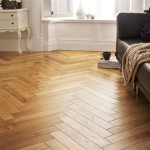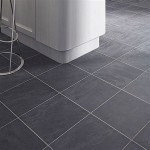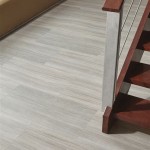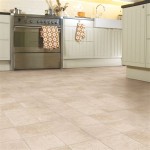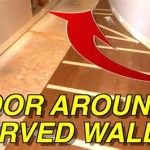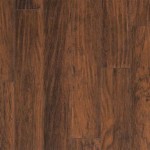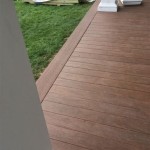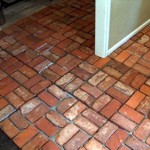Discovering the Essential Facets of Glue Down Flooring
When it comes to flooring options, glue down flooring stands out as a versatile and durable choice. Understanding its essential aspects will empower you to make informed decisions for your home or project.
1. Construction and Composition
Glue down flooring comprises a top layer, typically made of hardwood, vinyl, laminate, or bamboo, bonded to a backing layer. This backing layer provides stability and moisture resistance. The top layer determines the aesthetic and durability of the flooring.
2. Adhesive and Installation
Appropriate adhesive selection is crucial for successful glue down flooring installation. Different adhesives are designed for specific flooring materials, ensuring proper bonding and longevity. Professional installation is highly recommended to ensure a secure and long-lasting result.
3. Moisture Resistance and Waterproofing
Not all glue down flooring is moisture-proof. Waterproof options, like vinyl and bamboo, provide exceptional resistance to spills and humidity. Laminate and engineered hardwood floors offer varying degrees of moisture resistance, depending on the specific product and installation method.
4. Durability and Maintenance
The durability of glue down flooring varies depending on the top layer material. Hardwood floors are known for their longevity and can withstand heavy foot traffic, while vinyl and laminate options provide resistance to scratches and dents. Regular cleaning and maintenance, such as sweeping, mopping, and refinishing, can extend the lifespan of the flooring.
5. Aesthetic Versatility
Glue down flooring offers a wide range of aesthetic possibilities. Hardwood varieties provide the warmth and timeless elegance of natural wood. Vinyl and laminate floors mimic the look of wood, stone, or tile, offering a more cost-effective alternative. Bamboo flooring adds a touch of sustainability and exotic charm.
6. Comfort and Sound Absorption
For rooms where comfort is a priority, glue down flooring can be paired with an underlayment. Underlayment materials, such as cork or foam, provide added cushioning, sound insulation, and warmth underfoot.
7. Compatibility with Underfloor Heating
If you desire the benefits of underfloor heating, certain glue down flooring options are compatible. Vinyl and laminate floors, designed for heat dissipation, can be safely installed over radiant heating systems.
Conclusion
Glue down flooring presents a blend of durability, moisture resistance, and aesthetic versatility. Understanding the essential aspects of this flooring type empowers you to make informed choices that align with your specific requirements. Whether you seek a classic hardwood floor, a cost-effective vinyl alternative, or a comfortable yet durable option, glue down flooring offers a solution for every space.

Glue Down Vinyl Flooring Lifestepp

Glue Down Vs Floating Lvp Which Is Better Whole Cabinet Supply

Post Nbl Express Eco Flooring

Pros Cons Of Glue Down Flooring Installation Floorset

Can You Glue Down Solid Wood Flooring Hardwood Guide Reallyfloors America S Est

Floating Vinyl Plank Flooring Vs Glue Down 99cent Floor

How To Install Gluedown Flooring

Glue Down Lvt Stick Floor Tiles Free Samples

Lean About Everlife Glue Down And Plank Flooring

Does Vinyl Flooring Need To Be Glued Down Thediyplan
Related Posts

